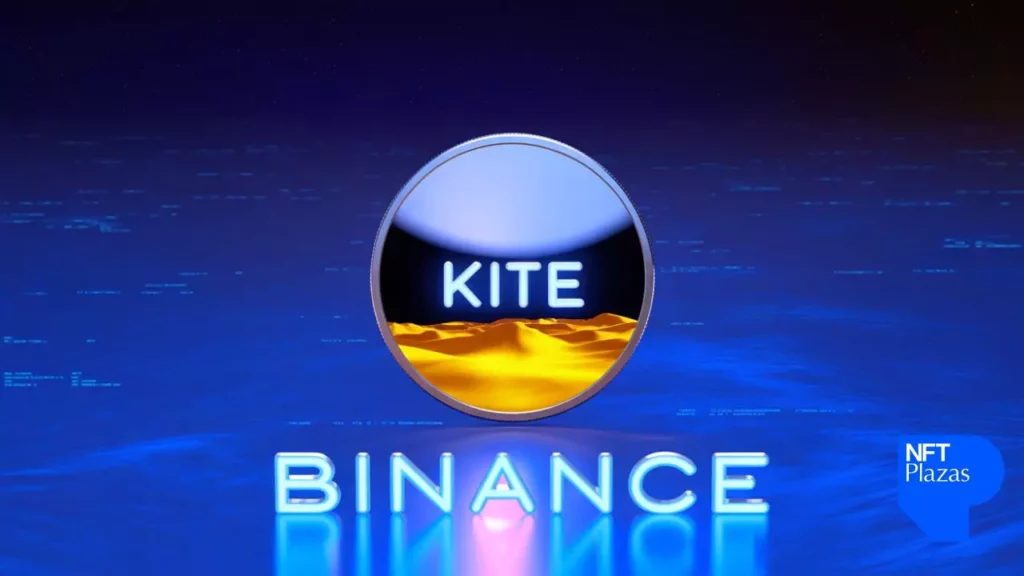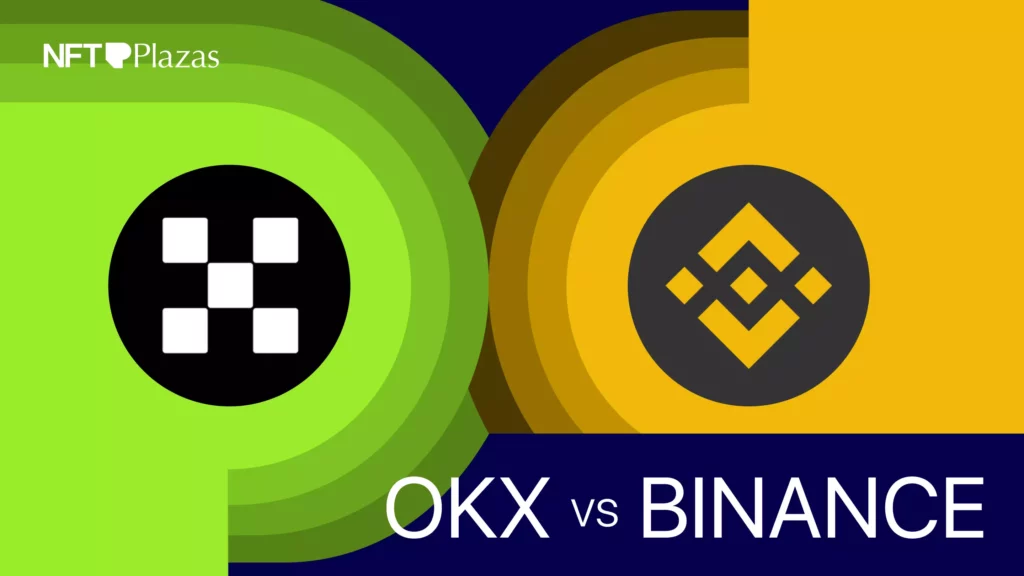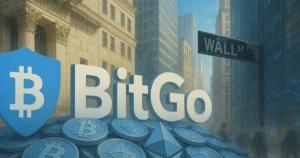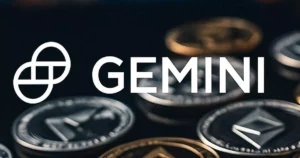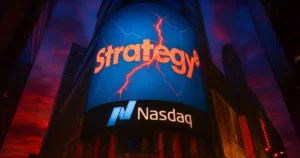For years, the crypto community has clung to the belief that October is a month of extraordinary resilience for Bitcoin—a phenomenon affectionately dubbed “Uptober.” This nickname originated from Bitcoin’s remarkable track record of closing October in profit for seven consecutive years. Such consistency fostered optimism and reinforced the narrative that October was a predictable window
Cardano, once heralded as a promising blockchain contender, is rapidly losing its foothold in the competitive crypto arena. Its recent price collapse — down 40% from August highs and over 50% from its December peak — signals not just a temporary setback but an erosion of investor faith. The formation of a death cross pattern
The cryptocurrency space constantly teeters between groundbreaking innovation and superficial hype. Recent months have seen a surge in airdrops and new listings—events often portrayed as the catalysts for substantial wealth creation. For instance, projects like Kite (KITE) and OpenEden (EDEN) are slated for airdrops on Binance, promising to reward loyal holders. While these initiatives might
Despite Ethereum’s recent plunge below the psychologically significant $4,000 level, a deeper analysis reveals a disconnect between market sentiment and the true health of the asset. Conventional wisdom would suggest that falling below major support levels signals imminent decline; however, institutional behaviors tell a different story. As retail traders panic and leverage unwinds, the smart
The current state of Ethereum’s price action invites a critical eye, exposing the fragile equilibrium it teeters on. Once a darling of the crypto bulls, ETH now faces intense pressure around the vital $3,700 support zone—an area that has historically acted as a safeguard for the asset’s price from slipping further into decline. Yet, as
The recent emergence of exchange-traded funds (ETFs) focused on popular altcoins like SOL, LTC, and HBAR signals a pivotal moment in the cryptocurrency ecosystem. For years, traditional financial institutions have hesitated to dive into the volatile crypto space, but now, they are adopting new vehicles that could redefine how mainstream investors approach digital assets. These
Recently, a surge of innovative ETF products focused on alternative cryptocurrencies like Solana (SOL), Litecoin (LTC), and Hedera Hashgraph (HBAR) has populated the markets. These developments are not just mere financial products; they represent a strategic attempt to diversify investment options beyond Bitcoin and Ethereum, which have long dominated the crypto landscape. While this diversification
In a world obsessed with shiny trophies and instant gratification, it is tempting to believe that success is easily attainable through luck or mere talent. However, a critical look at stories like that of Godspower Owie reveals a different reality—one rooted in relentless perseverance and deliberate effort. Owie’s journey from a humble upbringing in Edo
In den letzten Tagen ist das Bild von Cardanos Preisentwicklung durch eine überraschende Welle von Verkaufstätigkeiten großer Investoren getrübt worden. Trotz der vorsichtigen Optimisten, die auf technologische Upgrades und regulatorische Fortschritte hoffen, zeigen die aktuellen Verkaufszahlen eine tiefere Unsicherheit im Markt. Die sogenannten “Wale” – wenige große Akteure, die erhebliche Mengen an ADA halten –
In an age where financial innovation often masquerades as progress, the emergence of Bitcoin (SOL), Litecoin (LTC), and Hedera Hashgraph (HBAR) ETFs signals a pivotal yet perilous shift in the investment landscape. These ETFs aim to democratize access to cryptocurrencies, ostensibly providing retail investors a safer gateway into the volatile world of altcoins. However, beneath



